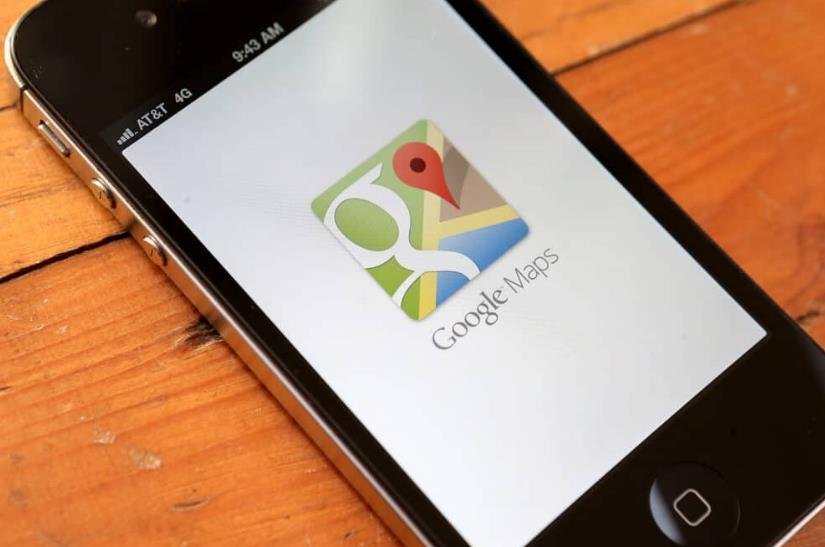Google Maps is one of the most popular and useful apps for navigation, travel, and exploring the world. But it also collects a lot of data about your location and movements, which can raise privacy concerns for some users. That’s why Google is rolling out a new update that will give users more control over their location history and how it is used by the app.
Location history is a Google account setting that creates a personal map of your places, routes, and trips based on your location data. You can view and edit your location history in Google Maps Timeline, which shows you where you’ve been and how you got there. You can also delete your location history at any time.
Location history can be useful for remembering your travels, finding places you’ve visited, and getting personalized recommendations and insights from Google. For example, you can see how much time you spend at different places, how far you’ve traveled, and what modes of transportation you’ve used. You can also see your Google Photos in your Timeline, if you have them synced with your account.

However, location history can also pose some privacy risks, especially if someone else accesses your device or account without your permission. They could see your personal and sensitive information, such as your home and work addresses, your daily routines, and your travel patterns. They could also use your location data to track your movements, target you with ads, or even harm you in some way.
How does the new update improve your privacy?
The new update, which is rolling out globally in the coming weeks, will give you more options and transparency to manage your location history and how it is used by Google Maps. Here are some of the new features and improvements:
- You can turn on or off location history for each device you use with your Google account. This means you can choose which devices share your location data with Google, and which ones don’t. For example, you can turn off location history on your work laptop, but keep it on your personal phone.
- You can see and control how your location data is used for other Google products and services, such as Search, Photos, and Assistant. You can access these settings from your Google account or from the Google Maps app. You can also turn on auto-delete controls to erase your location history after a certain period of time, such as 3, 18, or 36 months.
- You can get more information and tips about your location history and privacy from the Google Maps app. You can access a new privacy hub that explains what location history is, how it works, and how you can manage it. You can also get reminders and notifications about your location settings and activity.
How can you access the new update and settings?
To access the new update and settings, you need to have the latest version of the Google Maps app on your device. You can check for updates from the Google Play Store or the App Store. Once you have the update, you can open the Google Maps app and tap on your profile picture in the top right corner. Then, tap on “Manage your Google Account” and go to the “Data & personalization” tab. There, you can find the location history setting and the other related settings. You can also access these settings from the web by going to myaccount.google.com.
The new update is part of Google’s ongoing efforts to improve its privacy and security features and to give users more control over their data. Google Maps is one of the most widely used apps in the world, with over 1 billion monthly active users. By giving users more options and transparency, Google hopes to enhance their trust and satisfaction with the app.
